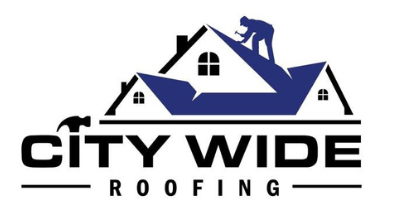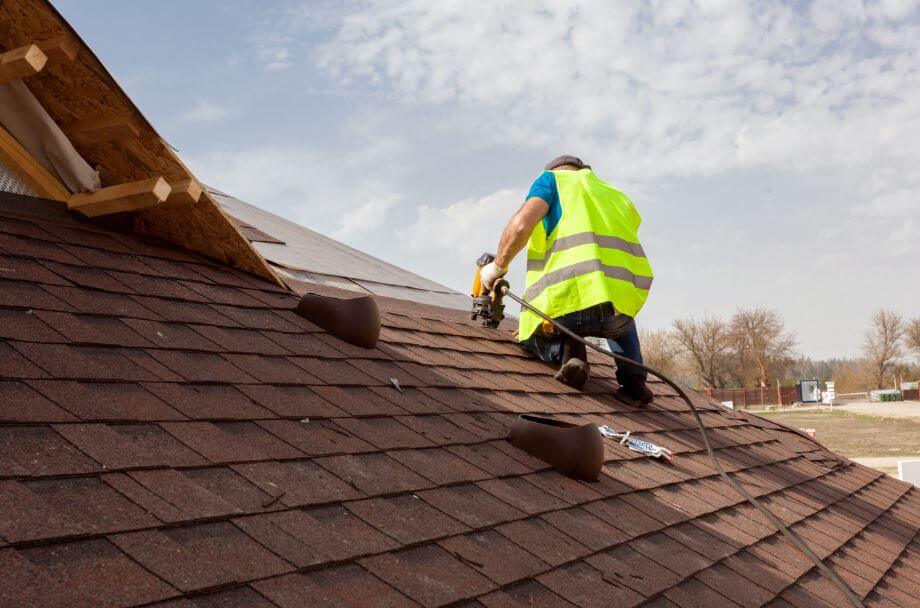The subject of fall prevention during roof installation is one that carries significant weight within the construction industry. It is an issue of paramount importance, given the potential for severe injuries and fatalities associated with falls from heights.
This discussion will focus on effective strategies and procedures that can be implemented to mitigate these risks. We will explore the fundamental principles of fall prevention, the role of protective equipment, and the importance of rigorous training and adherence to safety standards.
As we delve into these topics, one may begin to appreciate the complexity and finesse required to ensure safety during roof installations. The discussion will also shed light on the most recent advancements in this field, underscoring the continuous evolution of safety measures in response to new challenges and technologies.
Understanding Fall Prevention Strategies
An experienced roofer’s toolkit is incomplete without a comprehensive understanding of fall prevention strategies, which are crucial for ensuring safety during roof installation projects. These strategies are not just about wearing the right gear; they encompass a broader scope that involves keen attention to detail, meticulous planning, and adhering to strict safety protocols.
Firstly, a thorough risk assessment of the worksite is necessary to identify potential hazards. This includes examining the roof’s stability, weather conditions, and the placement of ladders and scaffolding. Additionally, using guardrails, safety nets, and harness systems can significantly reduce the risk of falls. It’s essential that these systems are robust and regularly inspected for integrity.
Secondly, training is vital. All roofers should be educated on the correct use of safety equipment, the importance of maintaining three points of contact when climbing, and the need to keep the workspace tidy to prevent tripping hazards.
Lastly, roofers must adopt a safety-first mindset. This means prioritizing safety over speed and convenience. By nurturing this mindset, we not only protect individual roofers but also foster a sense of collective responsibility and belonging within the roofing community. Together, we can ensure that our workspaces are as safe as possible.
Implementing Roof Installation Safety Measures
To effectively implement safety measures during roof installation, it is imperative to incorporate a multifaceted approach that includes rigorous training, regular equipment checks, and strict adherence to safety guidelines.
Rigorous training should be a priority. It not only familiarizes the roofing team with the use of safety gear, but also equips them with the right skills to respond to emergencies. Everyone involved in the installation process must be trained on the importance of using safety harnesses, guardrails, and other fall-protection systems to prevent accidents.
Regular equipment checks are also vital. Faulty or worn-out equipment can lead to severe accidents. Therefore, all safety gear and installation tools should be inspected before the start of any roofing project. Any equipment found to be in poor condition should be replaced immediately.
Lastly, strict adherence to safety guidelines cannot be overemphasized. These guidelines are designed to assure the safety of everyone on the site. They include wearing the right personal protective equipment, maintaining a clean and organized work environment, and conducting regular safety audits. Ignoring these guidelines can lead to catastrophic consequences.
Setting the Stage: Pre-Installation Steps for Successful Roof Installation


